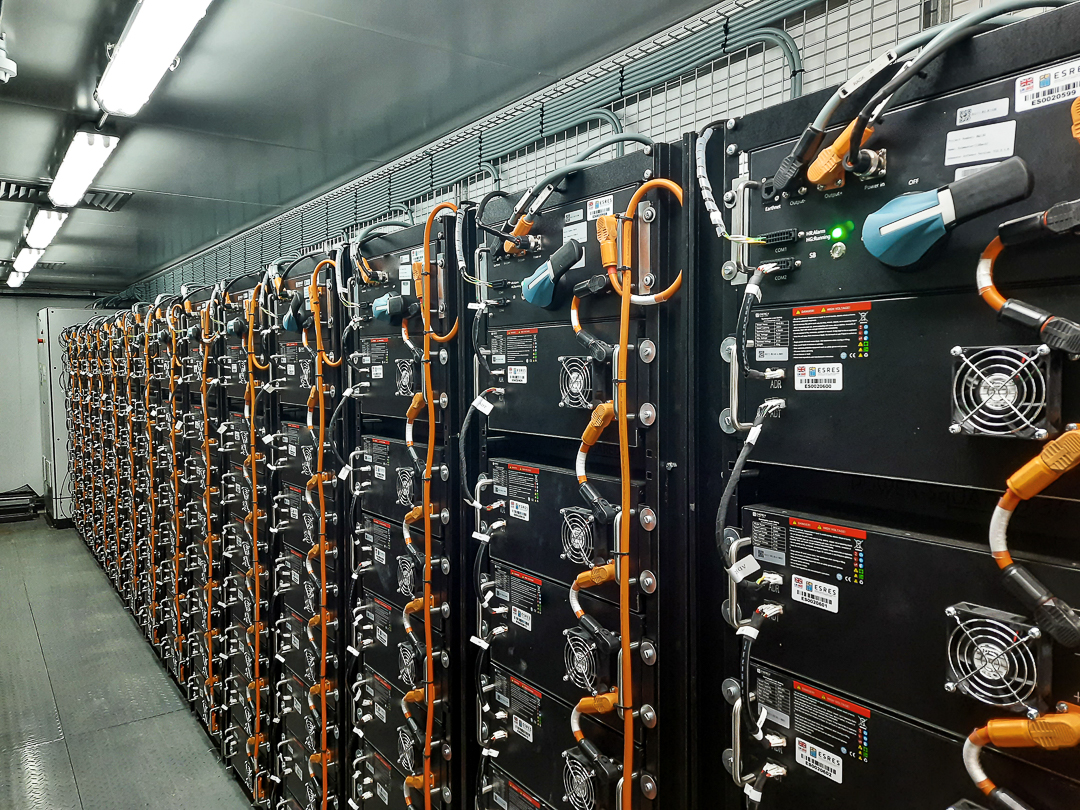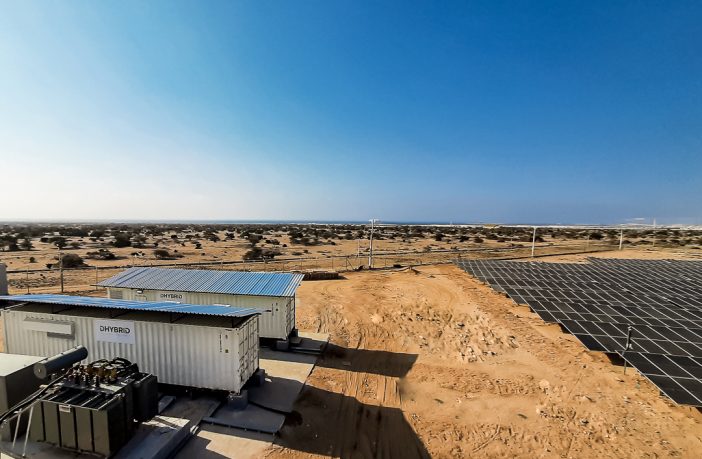- DHYBRID microgrid technology has been deployed to manage a hybrid solar/battery/diesel power plant located at the sea port of Berbera, Somaliland.
- The plant consists of two solar plants with a total capacity of 8MW, a containerised lithium-ion power storage system with a capacity of 2 megawatt hours, and three modern diesel generators.
- This has enabled Berbera Electricity Company to reduce the electricity tariff in Berbera which is now the lowest in the Somaliland and the Somali-Peninsula overall.
The Republic of Somaliland has among the highest energy prices in the world. The electrical power generation system primarily consists of isolated city grids of diesel generators. At the same time, demand for electrical energy only continues to grow as infrastructure rapidly expands. The port of Berbera, for example, is envisioned to improve the flow of goods to Ethiopia with its more than 100 million inhabitants, and is currently being expanded at a cost of almost half a billion dollars.

DHYBRID’s lithium-ion storage can be operated both grid-parallel and grid-forming: Image credit: DHYBRID
In order to improve the energy supply, more and more photovoltaic power plants are being built in Somaliland to supplement the existing generators, in addition to other measures. But this development poses major challenges for the power grids. “Various generators within the grid must be continuously coordinated, especially when renewable energies are involved. Otherwise, problems with the grid frequency and voltage will become unavoidable, making it impossible to utilize all the available power,” explains Benedikt Böhm from DHYBRID. “It is simply not enough to just consider the solar capacity available. Effective grid management is essential.”
“The requirement was clear: Berbera needed a scalable energy supply that could be monitored and managed centrally within the shortest time frame possible. The DHYBRID Universal Power Platform has succeeded in both, power quality and grid performance have increased considerably as soon as everything was up and running,” says Ibrahim Yaqub, CEO of BEC.
In fact, Berbera’s overall city grid’s power factor has now increased by 20 percent. This has significantly improved the distribution load bearing capacity and power generation efficiency. Moreover, the discontinued use of large quantities of diesel fuel has made Berbera the largest city powered by renewable energy in Somaliland. What is more, the city now operates the largest battery energy storage system in the country.
BEC now uses DHYBRID’s open-technology Universal Power Platform (UPP) as a process control system and monitors its energy grid with the SCADA system from the very same microgrid specialists based in Germany. SCADA stands for Supervisory Control And Data Acquisition. It is a computerized system for monitoring technical installations.
DHYBRID’s lithium-ion storage system can be operated either alongside the grid or as an integrated part of it. In this operating mode and in conjunction with the UPP, it almost completely eliminates grid instability and disturbances due to multiple effects of growing electrical demand profiles.
This project in Somaliland is one of the first in the world to use DHYBRID’s patented Maximum Inverter Power Tracking (MIPT) technology to increase the share of solar power in microgrids.
Author: Bryan Groenendaal
















